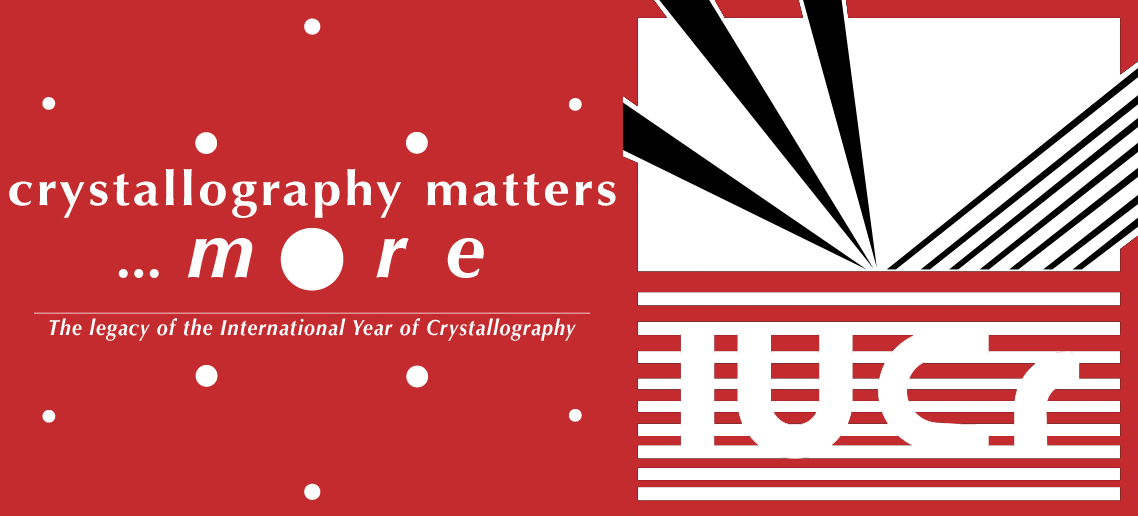article correction and retraction policy
This document sets out the policy of IUCr Journals concerning article correction and retraction.
Corrections are published if the publication record is seriously affected, for example with regard to the scientific accuracy of published information, or the reputation of the authors, or the reputation of the journal. Corrections that do not affect the contribution in a material way or significantly impair the reader's understanding of the contribution (e.g. a spelling mistake or grammatical error) will not be published.
When an amendment is published, it is linked bi-directionally to and from the article being corrected. A PDF version of the correction is added to the original article PDF so that the original article PDF will remain the same as the published article and readers downloading the PDF will receive the original article plus amendment.
Amendments are published in the article category "Addenda and Errata" and will be further classified as an "Erratum", "Corrigendum", "Addendum" or "Retraction". All such amendments should be as concise as possible, containing only material strictly relevant to the contribution being corrected. In very rare circumstances, the IUCr also reserves the right to remove articles (see Article removal).
Errata
Errata concern the amendment of mistakes introduced by the journal in editing or production, including errors of omission such as failure to make factual proof corrections requested by authors within the deadline provided by the journal and within journal policy. Errata are generally not published for simple, obvious typing errors, but are published when an apparently simple error is significant (for example, a greek mu for an 'm' in a unit, or a typing error in the corresponding author's email address).
If there is an error in a figure or table, the usual procedure is to publish a sentence of rectification. A significant error in the figure or table is corrected by publication of a new corrected figure or table as an erratum. The figure or table is republished only if the editor considers it necessary. If the colours of histogram bars were wrongly designated in the figure legend, for example, a sentence of correction would be published as an erratum; the entire figure would not be reproduced.
Corrigenda
Corrigenda submitted by the original authors are published if the scientific accuracy or reproducibility of the original paper is compromised. IUCr journals will publish corrigenda if there is an error in the published author list, but not usually for overlooked acknowledgements.
Readers wishing to draw the journal's attention to a significant published error should submit their comments as a "Letter to the Editor". Such "Letters to the Editor" will be carefully reviewed by unrelated and neutral referees. On editorial acceptance, the paper will be sent to the authors of the original paper to provide an opportunity for their early response.
Addenda
Addenda are judged on the significance of the addition to the interpretation of the original publication. Addenda do not contradict the original publication, but if the authors inadvertently omitted significant information available to them at the time, this material will be published as an addendum after peer review.
Retractions
Retractions are judged according to whether the main conclusion of the paper is seriously undermined as a result, for example, of subsequent information coming to light of which the authors were not aware at the time of publication. In the case of experimental papers, this can include e.g. further experiments by the authors or by others which do not confirm the main experimental conclusion of the original publication.
Readers wishing to draw the editors' attention to published work requiring retraction should first contact the authors of the original paper and then write to the journal, including copies of the correspondence with the authors (whether or not the correspondence has been answered). The editors will seek advice from reviewers if they judge that the information is likely to draw into question the main conclusions of the published paper.
Infringements of professional ethical codes, such as multiple submission, bogus claims of authorship, plagiarism, fraudulent use of data, or the like, will also result in an article being retracted.
All coauthors will be asked to agree to a retraction. In cases where some coauthors decline to sign a retraction, the editors reserve the right to publish the retraction with the dissenting author(s) identified.
Article removal
In very rare circumstances it may be necessary to remove an article from the online journal. This will only occur where the article is clearly defamatory, or infringes others' legal rights, or where the article is, or there is good reason to expect it will be, the subject of a court order, or where the article, if acted upon, might pose a serious health risk.
In these circumstances, while the bibliographic information (title and authors) will be retained online, the text will be replaced with a page indicating that the article has been removed for legal reasons.

 menu
menu



